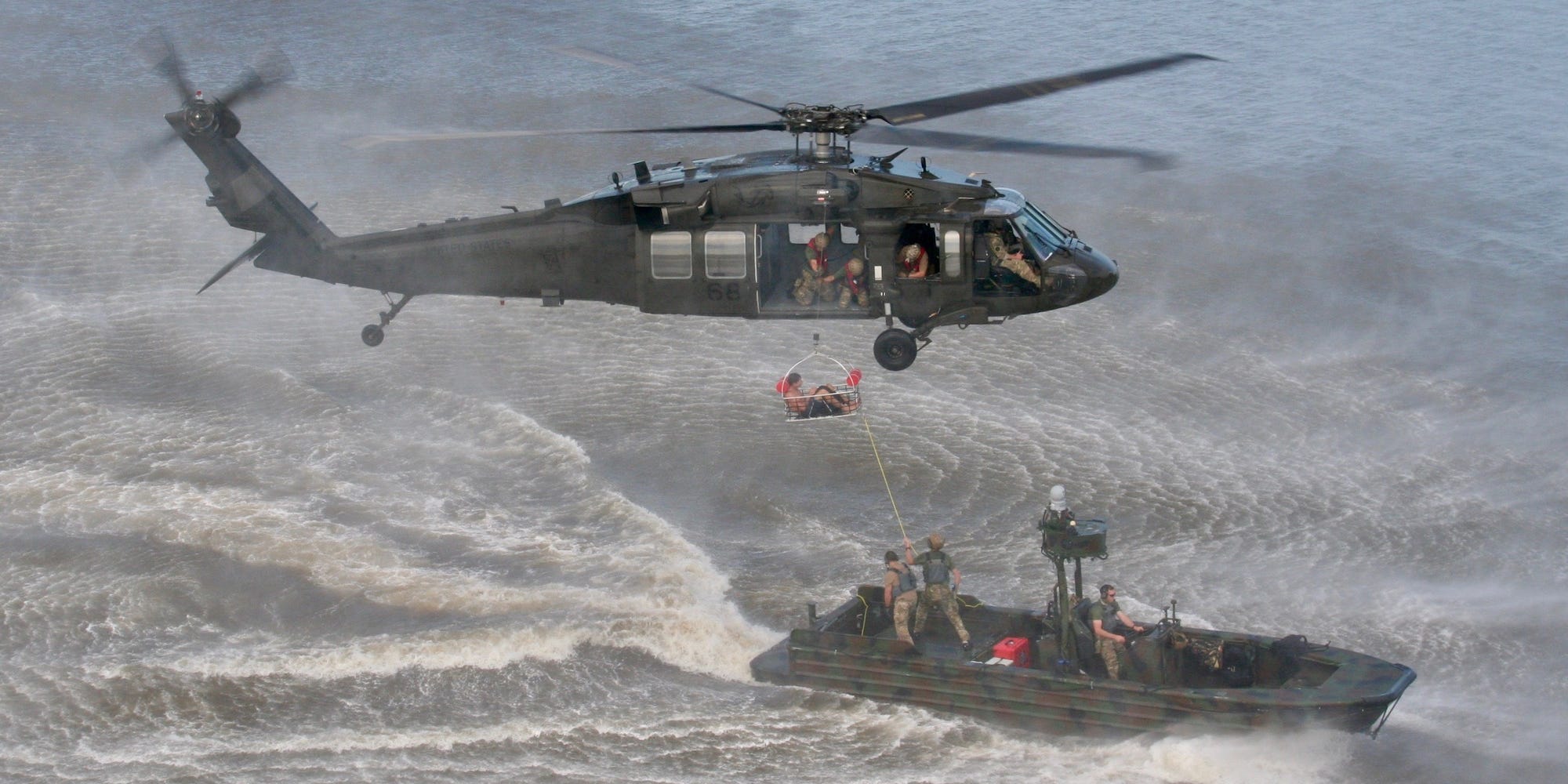
FBI
- The roughly 100 members of the FBI’s Hostage Rescue Team are the Tier 1 operators in the federal law-enforcement community.
- They have a lot in common with the military’s best special-operations forces, but their status as civilian law enforcement mean there are important differences in what they can do.
- Visit Business Insider’s homepage for more stories.
The FBI’s Hostage Rescue Team (HRT) is the Tier 1 law-enforcement special-operations unit and the go-to choice for domestic counterterrorism and hostage rescue.
The HRT is the law-enforcement equivalent of the military’s Delta Force and SEAL Team 6 and has the authority to conduct operations overseas.
The unit’s roughly 100 operators are divided into two teams (Gold and Blue) that contain assault and sniper teams and train for a range of contingencies, including rescuing hostages, counterterrorism, executing warrants on high-threat suspects, and aircraft and ship hijackings.
The HRT uses specialized vehicles and platforms to support its operations. A small fleet of helicopters and boats ensures HRT operators can operate in any environment, but they also often train with military special-operations units that specialize in inserting commandos, such as the Army’s Night Stalkers.
In a nutshell, the main difference between the HRT and its military counterparts, who are barred from deploying in the US, are rules of engagement and area of responsibilities.
Creation and role
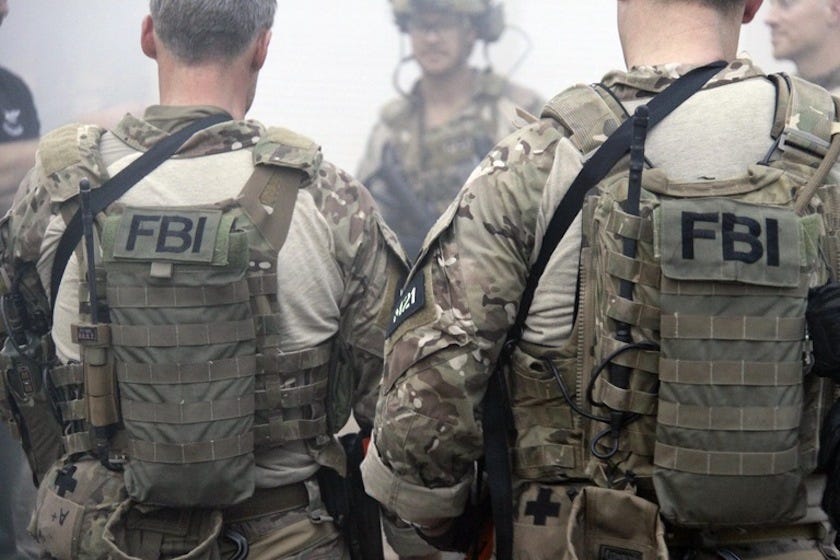
FBI
The HRT was created in 1982 by Danny Coulson, a visionary special agent. It was certified in 1983 and deployed for the first time a year later at the 1984 Summer Olympic Games in Los Angeles.
When the Bureau decided to create a dedicated hostage-rescue unit, it turned to the best for help. Delta Force, SEAL Team 6, and British Special Air Service (SAS) operators were pivotal in the HRT's early days.
At first, the recently created Delta Force and SEAL Team 6 were eager to share a piece of the pie but soon had to back off due to the HRT's different rules of engagement. For example, as federal agents, HRT operators must submit their weapons for forensic analysis after an operation that involves casualties.
Over 200 field agents applied for the initial 50 spots in HRT, including several Marines and soldiers and four Navy SEALs, among them Tom Norris, a one-eyed Medal of Honor recipient. Several had seen combat in Vietnam.
In the HRT's early days, operators served part-time in the unit and continued their regular special-agent duties. However, as the HRT's importance grew, a HRT assignment became a full-time job.
'To save lives'
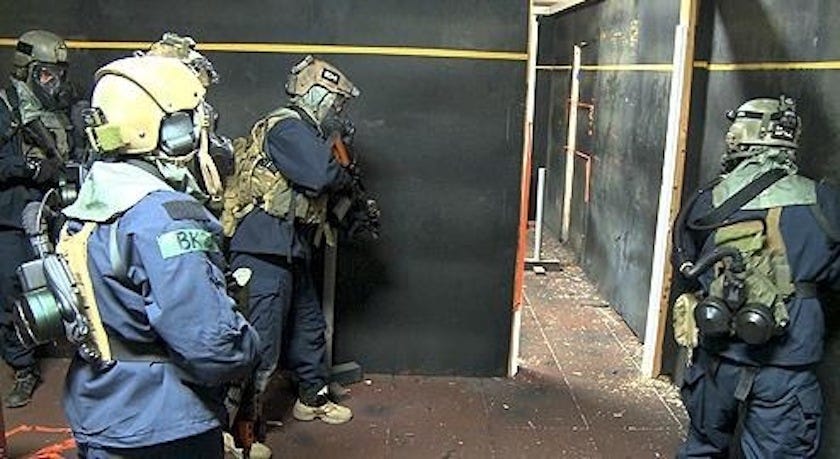
FBI
The HRT's initial operational years were a mixed bag.
The unit had a string of success. In Utah in 1988, HRT operators helped resolve a standoff; in Virginia in 1988, an HRT sniper took down a man who was holding his girlfriend and son hostage as he was about to kill the woman. In Alabama in 1992, the HRT rescued 10 prison guards who had been taken hostage by over 100 Cuban inmates.
But debacles at Ruby Ridge, Idaho, in 1992 and Waco, Texas, in 1993 put the unit in the limelight for the wrong reasons. As a result, the HRT was reorganized and doubled in size. The September 11, 2001, terrorist attacks took the unit to a whole different level.
The HRT had previously worked with the military's Joint Special Operations Command (JSOC) to hunt war criminals in the Balkans, and the wars in Afghanistan and Iraq saw HRT operators augmenting Tier 1 military units on raids, helping with forensics.
In 2011, when SEAL Team 6's Gold Squadron attempted to rescue four Americans taken hostage by Somali pirates, the HRT was there. One operator helped during the negotiations, and another went in with the SEALs after the pirates killed the hostages. When US intelligence tracked one of the conspirators in Somalia, two HRT operators brought him back to face justice.
HRT operators also helped Delta Force take down Ahmed Abu Khattala, suspected of participating in the deadly attacks on US facilities in Benghazi, Libya, in 2014.
Domestically, the unit conducted successful hostage rescues in Alabama in 2013 and Atlanta in 2014. It also participated in the hunt for the Boston Marathon bomber in 2013.
Selection and training
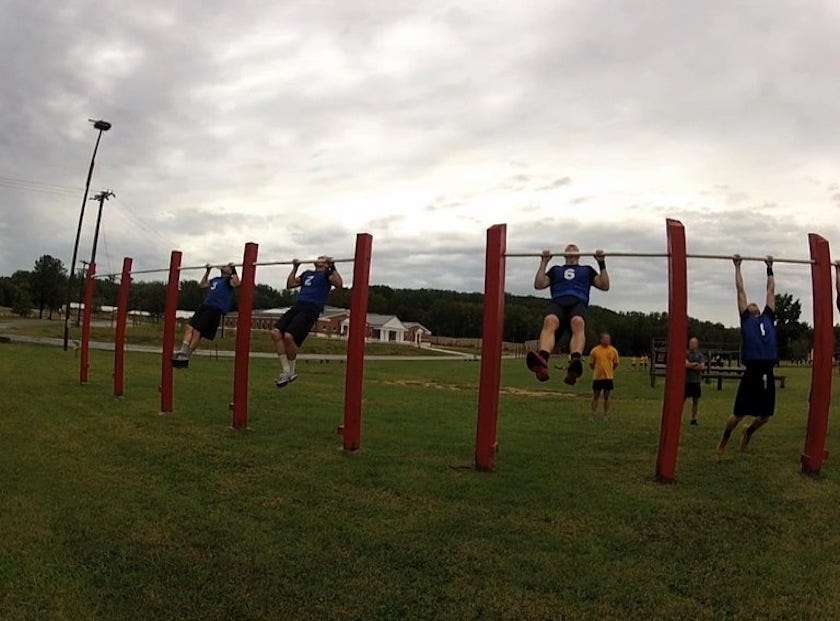
FBI
FBI special agents must have served two to three years in a field office in order to join HRT. Both men and women can apply.
To become an operator, applicants must pass a grueling two-week selection and then an eight-month operator training course similar to SEAL Team 6's Green Team and Delta Force's operator training course.
During selection, candidates are pushed to their physical and mental limits, undergoing repeated stressful events and little sleep. On the first day alone, they must complete the basic fitness test that includes a run, swim, pull-ups, push-ups, and climbing stairs while wearing a 55-pound vest and carrying a 35-pound battering ram.
But top physical fitness isn't the only thing instructors are looking for.
Top-notch marksmanship, teamwork, and a cool head during arrest scenarios are also a must. Throughout the selection, candidates get no feedback; they don't know if they're doing well or not, which adds to their stress. More than 50% don't make it.
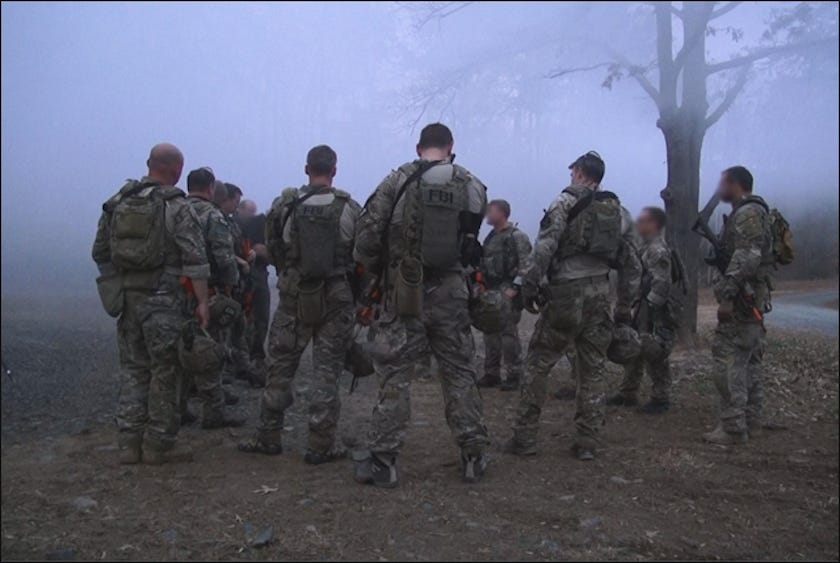
FBI
Candidates are also weeded out during the operator training course, which includes training in intense close-quarters battle, free-fall and scuba diving, and fast-roping, among other skill sets.
Many of the candidates come from the special-operations community. Former Navy SEALs, Delta Force operators and Rangers from the Army, and Air Force Commandos are just some of those recruited by the Bureau.
New operators remain on probation for a year as they receive additional advanced training and specialize in specific jobs, such as communicators, breachers, or medics.
In addition, HRT operators are trained in a variety of environments, including Arctic, urban, and maritime, and learn several infiltration methods, such as free-fall parachuting and scuba diving.
Like its military counterparts, the HRT's training is as realistic as it can get, often replicating real-world cases. As a result, at least four operators have been killed in accidents during training exercises.
Since its inception in 1983, fewer than 400 special agents have served in the HRT. During that time, the unit has conducted close to 1,000 successful operations both in the US and abroad.
Stavros Atlamazoglou is a defense journalist specializing in special operations, a Hellenic Army veteran (National Service with the 575th Marine Battalion and Army HQ), and a Johns Hopkins University graduate.
Dit artikel is oorspronkelijk verschenen op z24.nl
